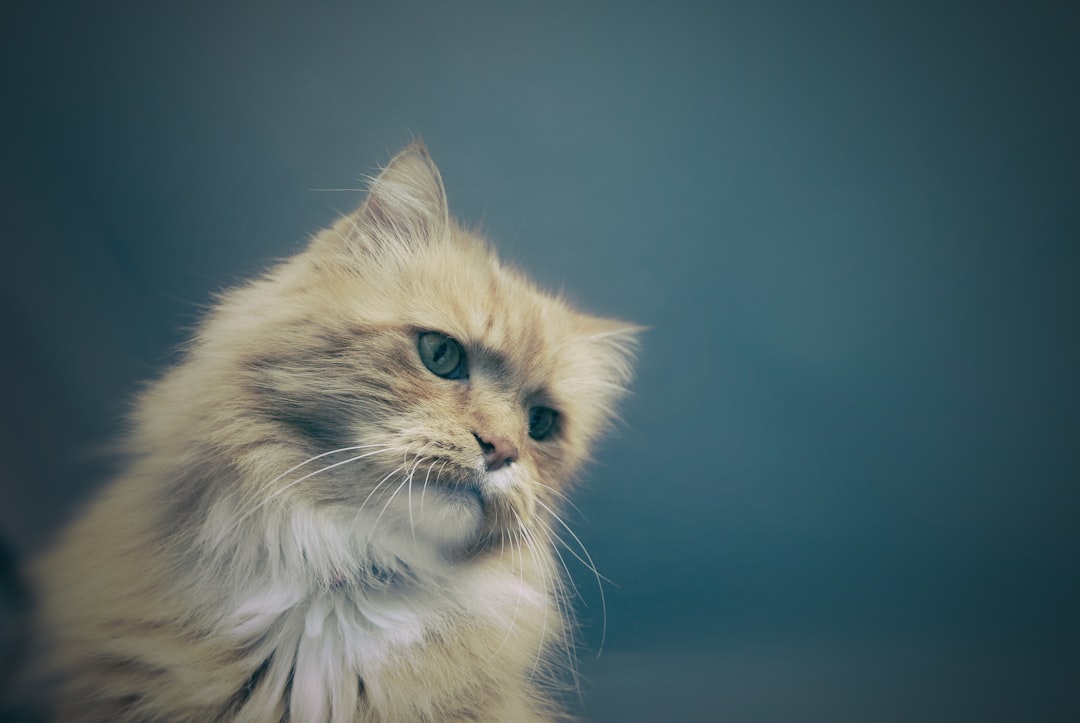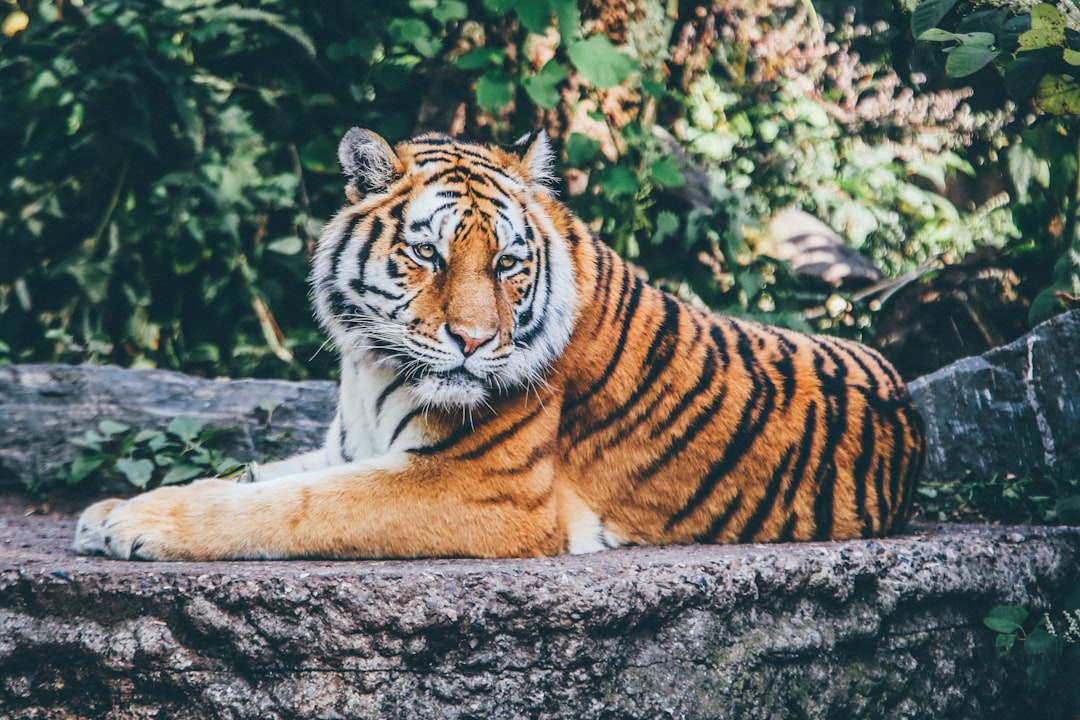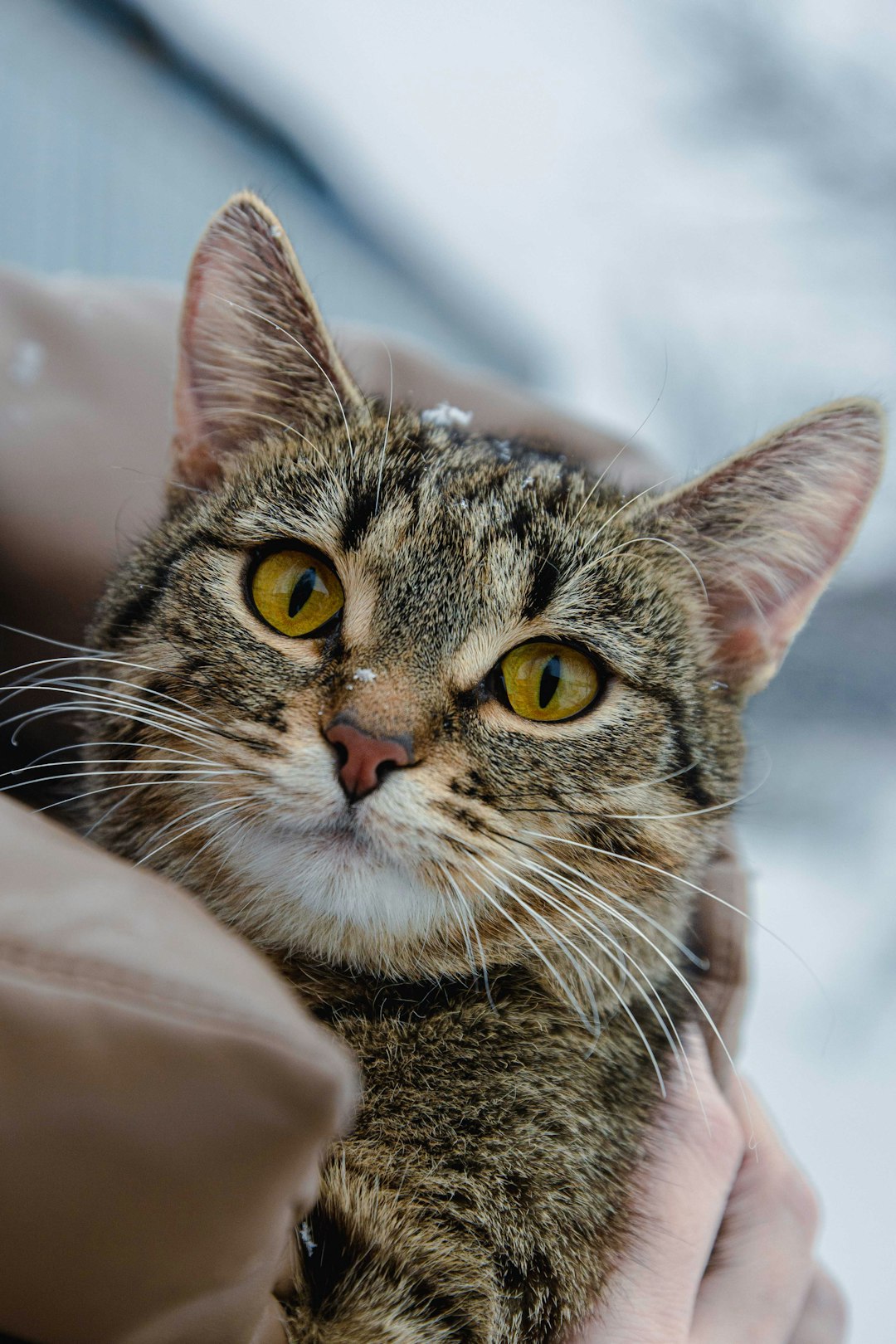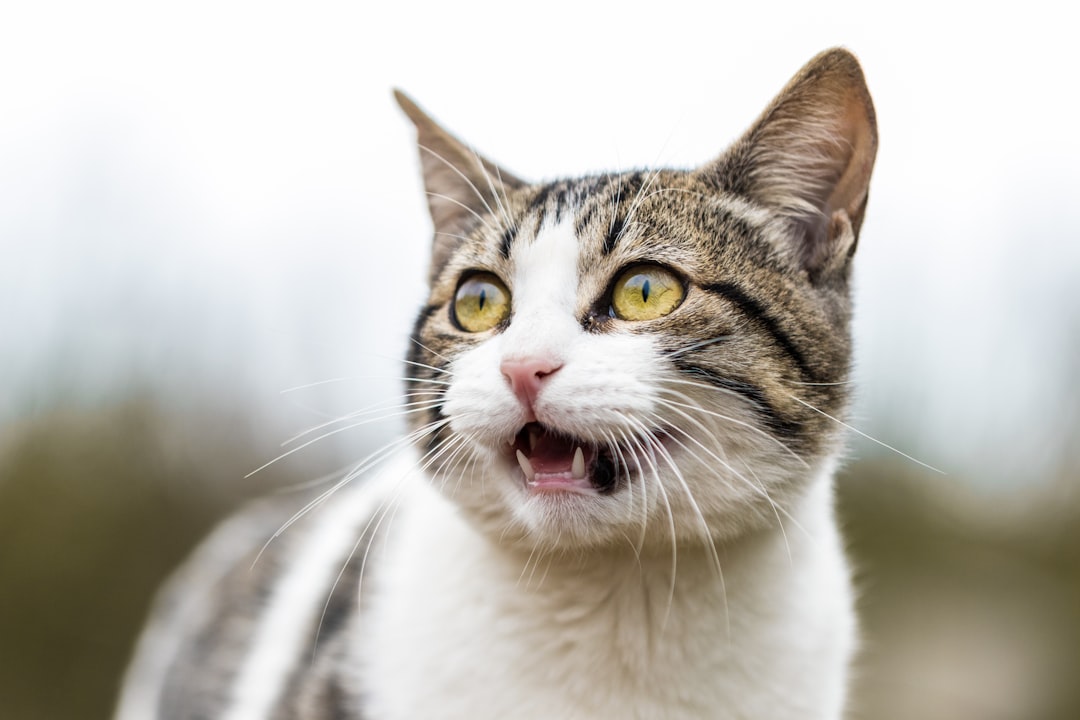Finding the perfect spot for your feline friend can be a challenge, especially if you own a larger breed. Cat trees for large cats provide essential comfort and entertainment, catering specifically to their unique needs. In this ultimate guide, we will explore the benefits of these specially designed trees, dive into the different types available, and discuss important factors like size, materials, and maintenance. By understanding your cat’s requirements, you can create a stimulating environment that enhances their well-being and happiness.
Understanding the Needs of Large Cats
Large cats, such as Maine Coons or Ragdolls, have unique needs that differ significantly from their smaller counterparts. Catering to these requirements is crucial for their well-being. Here’s a breakdown of their key needs:
- Space: Large cats need ample room to move around. Opt for spacious cat trees designed for large cats that offer multiple levels and platforms.
- Weight Capacity: Ensure the cat tree can support their weight. Look for models specifically labeled as cat trees for large cats to avoid instability.
- Sturdiness: These cats can be playful and energetic. Choose a sturdy construction that withstands vigorous play without tipping over.
- Height: Cats love to climb. Taller cat trees for large cats not only provide exercise but also satisfy their instinct to observe their territory from above.
By understanding and addressing these needs, you can create a safe and engaging environment that promotes your cat’s health and happiness.

Benefits of Cat Trees for Large Cats
Investing in cat trees for large cats provides a variety of advantages that cater specifically to the needs of your feline friends. Here are some key benefits:
Exercise and Play: Cat trees encourage physical activity, allowing large cats to climb, jump, and explore safely. This helps maintain their physical health and prevent obesity.
Space to Relax: With their larger structure, cat trees offer plenty of comfortable spots for large cats to lounge, sleep, and unwind, ensuring a sense of security and comfort.
Behavioral Outlet: Providing vertical space satisfies a cat’s natural instinct to climb and survey their territory, reducing stress and anxiety.
Quality Time: Many cat trees come with integrated toys and scratching posts, fostering interactive playtime between owners and their cats.
Furniture Protection: By offering designated scratching areas, cat trees for large cats can help deter destructive behavior towards household furniture.
Quick Comparison of Benefits
| Benefit | Description |
|---|---|
| Exercise | Promotes active play and cardiovascular health |
| Relaxation | Offers cozy spots for naps and comfort |
| Behavioral Outlet | Satisfies natural instincts |
| Interactive Play | Encourages bonding time with owners |
| Furniture Protection | Reduces damage to home furnishings |
By understanding the benefits of cat trees for large cats, you set the stage for a happier and healthier feline companion.
Types of Cat Trees for Larger Breeds
When selecting cat trees for large cats, it’s essential to choose models specifically designed to accommodate their size and weight. Here are the main types to consider:
Multi-Level Cat Towers:
- Provide multiple platforms for climbing and lounging.
- Often include ramps and steps, making it easier for larger cats to access higher levels.
Strong Base Cat Trees:
- Feature a broad, sturdy base to ensure stability.
- Designed to support heavier weights, reducing wobbling during use.
Enclosed Cat Houses:
- Offer secure, private spaces for larger breeds to retreat.
- Usually combined with scratching posts and lounging areas.
Hybrid Cat Trees:
- Combine features from various styles, such as shelves for climbing, enclosed areas, and scratching posts all in one.
- Ideal for cat owners seeking versatility.
Comparison Table
| Type | Best For | Features |
|---|---|---|
| Multi-Level Towers | Active play | Multiple climbing platforms |
| Strong Base Trees | Stability | Wide, sturdy design |
| Enclosed Houses | Privacy & Security | Cozy hideaways |
| Hybrid Trees | Versatile use | Combination of features |
By understanding the types of cat trees for large cats, you can find the perfect match to keep your feline happy and healthy.
Choosing the Right Size and Dimensions
When selecting cat trees for large cats, size and dimensions are crucial for your feline’s comfort and enjoyment. Here are key points to consider:
Height and Levels: Ensure the cat tree is tall enough to allow your large cat to climb and perch comfortably. Look for multi-level designs that can accommodate their weight.
Base Width: A solid, wide base provides stability. Choose trees with bases that are at least 2-3 feet wide to prevent tipping during active play.
Platform Size: Platforms should be spacious. Aim for at least 18 inches in diameter to give your large cat enough room to lie down or stretch.
Weight Capacity: Verify the weight limit of the cat tree. Most cat trees for large cats support 50 pounds or more, but it’s essential to check specific product specifications.
In a comparison:
| Feature | Ideal Measurement |
|---|---|
| Height | 5-7 feet |
| Base Width | 2-3 feet |
| Platform Diameter | 18 inches minimum |
| Weight Capacity | 50+ pounds |
By understanding these factors, you can choose the perfect cat trees for large cats that fit your pet’s needs.

Materials to Consider for Durability
When selecting cat trees for large cats, durability is essential. Large cats require sturdy structures that can withstand their weight and playful antics. Here are key materials to consider for a long-lasting investment:
- Wood: Look for solid wood structures. They offer excellent stability, making them ideal for larger breeds.
- Plywood: If wood is too heavy, plywood provides a lighter yet durable alternative. Ensure it has a thick profile to prevent bending.
- Carpet and Fabric: Choose high-quality, tightly woven carpet or upholstery for cover. These materials resist tearing and can withstand rough play.
- Metal Components: Opt for metal screws and brackets, as these provide superior strength compared to plastic.
- Natural Sisal Rope: Ideal for scratching surfaces, sisal is both durable and safe for cats.
Comparison of Materials
| Material | Durability Rating | Best Use |
|---|---|---|
| Solid Wood | ★★★★★ | Overall structure |
| Plywood | ★★★★☆ | Shelves and platforms |
| Carpet/Fabric | ★★★★☆ | Surface covering |
| Metal Components | ★★★★★ | Structural connections |
| Sisal Rope | ★★★★☆ | Scratching posts |
By choosing the right materials, you ensure that your cat trees for large cats remain safe and enjoyable for years to come.
How to Assemble a Cat Tree
Assembling cat trees for large cats can seem daunting, but with the right approach, you can enjoy the process. Here’s a step-by-step guide to make it easier:
Read the Instructions Carefully
Before you begin, familiarize yourself with the assembly manual. This ensures you don’t miss any crucial steps.Gather Your Tools
Most cat trees require basic tools. Commonly needed items include:- Screwdriver
- Allen wrench (often included)
- Level (to ensure stability)
Organize Parts
Lay out all brackets, boards, and components. This organization allows you to identify parts quickly and reduces assembly time.Start from the Base
- Always assemble the bottom part first.
- Secure the base to ensure stability, especially for heavier breeds.
Add Levels and Accessories
- Gradually add shelves, perches, and any toys.
- Check for alignment and stability after each addition.
Final Checks
- Once assembled, ensure it is sturdy. Gently shake the cat tree to confirm it can withstand your cat’s weight and activities.
By following these easy steps, you can quickly assemble cat trees for large cats that provide both comfort and fun for your furry friends!
Enhancing Your Cat Tree with Accessories
To create the ultimate play and rest space for your feline friend, consider adding accessories to your cat tree for large cats. These enhancements can elevate your cat’s enjoyment and provide additional comfort. Here are some popular accessories to consider:
- Hammocks: These offer a cozy nook for your large cat to curl up and nap.
- Scratching Posts: Look for tall, sturdy posts that can withstand heavy use, preventing your cat from scratching furniture.
- Tunnels: These engage your cat in play and provide a fun hiding spot.
- Perches and Platforms: Additional levels give your cat options for lounging and surveying their territory.
- Bed Liners: Soft, removable liners can make resting spots more comfortable and easy to clean.
Comparison Table of Accessories
| Accessory | Benefits | Suitability |
|---|---|---|
| Hammocks | Comfort and warmth | All large cats |
| Scratching Posts | Encourages healthy scratching behavior | All large cats |
| Tunnels | Stimulates playfulness | Playful large cats |
| Perches | Enhanced visibility | All large cats |
| Bed Liners | Clean and cozy resting spots | All large cats |
By carefully selecting and incorporating these accessories, you can create an appealing environment that caters to your large cat’s specific needs and instincts, ensuring they fully enjoy their cat tree.

Maintenance Tips for Longevity
To maximize the lifespan and functionality of your cat trees for large cats, regular maintenance is crucial. Here are several practical tips to keep your cat tree in excellent condition:
Regular Cleaning: Vacuum your cat tree weekly to remove fur and debris. Spot clean any stains with a mild detergent.
Inspect for Wear: Frequently check for loose screws or wobbly parts. Tighten screws and re-align any unstable areas to ensure safety.
Replace Worn Materials: Scratching posts and perches may wear out. Consider replacing these sections to maintain the tree’s appeal and functionality.
Use a Protective Spray: Applying a pet-safe, protective spray can prevent stains and odors from developing.
Keep Out of Direct Sunlight: Position the cat tree in a shaded area to prevent fading and deterioration of materials.
By following these simple maintenance tips, you can enhance the durability of cat trees for large cats, ensuring they remain enjoyable for your feline friends for years to come.
Frequently Asked Questions
What should I look for when selecting a cat tree for large cats?
When selecting a cat tree for large cats, you should prioritize stability, durability, and size. Look for a tree that has a robust base to prevent tipping and sturdy materials that can withstand the weight and activity of larger cats. Additionally, choose a cat tree with ample space on platforms, perches, and condos to accommodate their size comfortably. It’s also advisable to check for features like reinforced scratching posts and plush bedding to ensure both their physical needs and comfort are met.
Are there specific materials to consider for cat trees meant for bigger cats?
Yes, specific materials are crucial when choosing cat trees for larger cats. Opt for solid wood or high-quality plywood for the base and platforms, as these materials provide excellent stability. Additionally, look for real sisal rope for scratching posts, which holds up well against aggressive scratching. Avoid thin particle board, as it can easily warp or break under pressure. Ultimately, choosing well-constructed materials ensures longevity and safety for your large feline friends.
How do I maintain a cat tree for large cats?
Maintaining a cat tree for large cats involves regular cleaning and inspections. Vacuum the surfaces to remove fur and debris, and use a damp cloth for any stains. Check for loose parts, such as screws or bolts, and tighten them as necessary to prevent accidents. Additionally, you should replace any worn-out scratching posts or pads to keep the cat tree functional and inviting. Regular maintenance not only keeps the tree looking good but also ensures the safety and enjoyment of your cats.
Can a cat tree accommodate multiple large cats comfortably?
Yes, a well-designed cat tree can accommodate multiple large cats, but careful consideration is required. Look for a tree with several platforms, condos, and ramps that allow for multiple cats to perch and play without crowding each other. Ensure the structure is sturdy enough to support the combined weight of your cats, especially if they are active and playful. Additionally, incorporating horizontal spaces and varying heights can give each cat its own space while encouraging social play.



